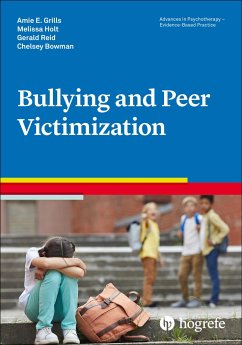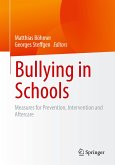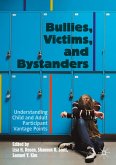There has been an explosion of media attention on youth bullying and peer victimization over the last decade, with cyberbullying becoming more prevalent through the use of social media. While any bullying has serious negative physical and mental health effects which can lead the bullied individual to great despair and even suicide, there are also negative outcomes for the bullies themselves. This volume, written by leading experts, provides clinicians with clear guidance on how to assess and treat this complex behavior.In this evidence-based guide, practitioners learn about bullying, its prevalence, how cyberbullying differs from in-person bullying, what models are available for understanding how bullying occurs, and the best tools and approaches for assessment of these behaviors. The reader is guided through the most effective school-based prevention programs that aim to reduce bullying, and a clinical vignette gives hands-on insight into how a bullying case in a school is managed. Additional resources are provided in an appendix. This book is ideal for educational psychologists, child psychologists, and anyone working with children and adolescents who is committed to helping those being bullied.
Bitte wählen Sie Ihr Anliegen aus.
Rechnungen
Retourenschein anfordern
Bestellstatus
Storno








